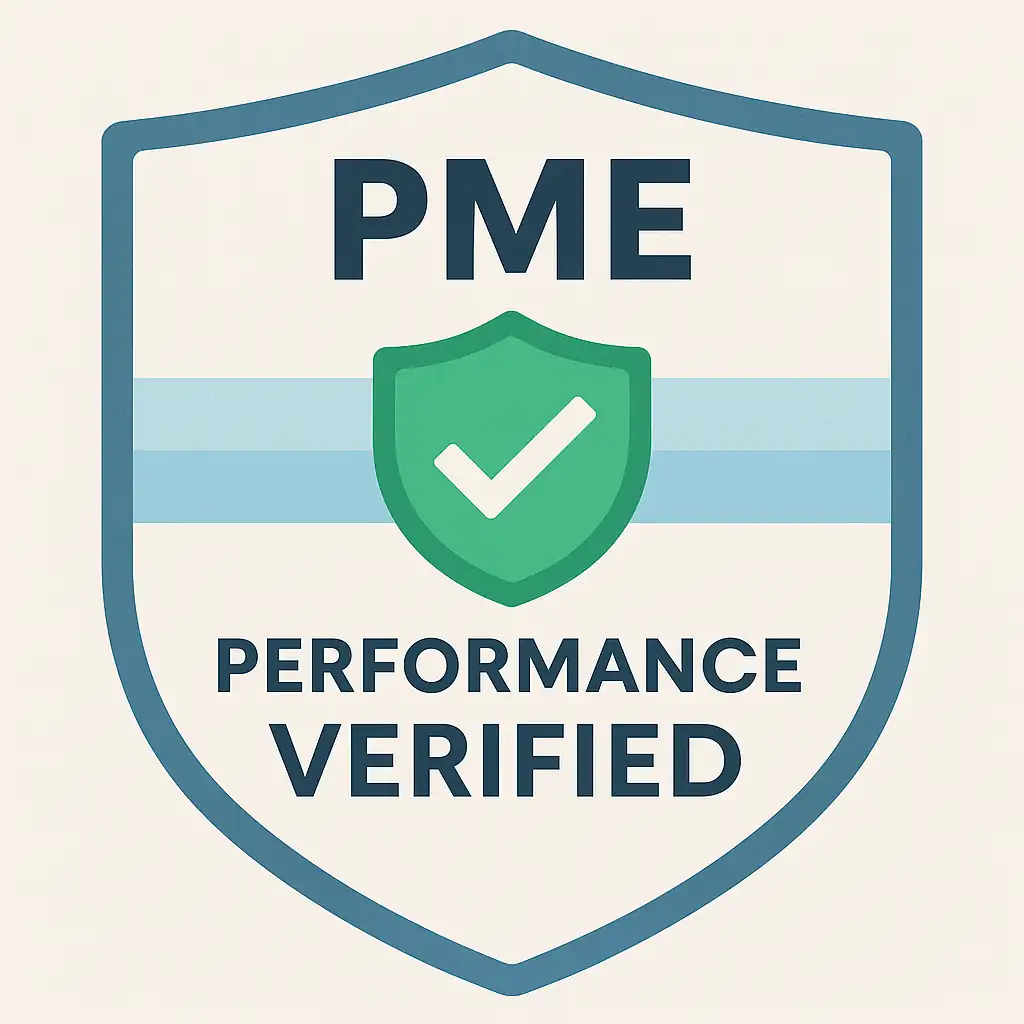Share this post:
Need plans for Building Regulations approval?
We can prepare fully compliant plans and submit them to Building Control on your behalf — ensuring smooth approval every time.
Building Regulations plans ensure your project meets UK construction safety and performance standards — from structure and insulation to fire safety and drainage. If you’re planning an extension, loft conversion or internal alterations, you’ll likely need detailed plans approved by Building Control before or during the build.
Understanding Building Regulations Plans
Building Regulations plans (often called “regs drawings”) are the technical set of drawings and specifications submitted to your local Building Control department. They show exactly how your building will be constructed — in compliance with the Approved Documents covering structure, fire, drainage, ventilation, and energy efficiency.
These plans are reviewed either by your Local Authority Building Control (LABC) team or an Approved Inspector. Once approved, they become the benchmark your builder must follow on-site.
Planning vs Building Regulations – The Key Difference
Planning permission focuses on how your project looks and how it affects neighbours and the local area. Building Regulations deal with how it’s built — the safety, structure, and long-term performance of the building.
- Planning Permission: Design, size, appearance, impact.
- Building Regulations: Safety, structure, fire, insulation, drainage.
See also: Building Notice vs Full Plans and Building Control Inspections.
Types of Building Regulations Applications
There are two main routes for Building Regulations approval:
1. Full Plans Application
This is the most common route for extensions, loft conversions and structural work. You submit a full set of plans for Building Control to check and approve before work starts.
2. Building Notice
Suitable for smaller or straightforward works. No detailed plans are required at submission, but the work is inspected as it proceeds. Riskier if your builder isn’t experienced.
What Building Regulations Plans Include
- Existing and proposed floor plans, elevations, and sections
- Foundation and structural beam layouts
- Thermal insulation details and U-value notes
- Fire escape routes and smoke alarm positions
- Drainage and ventilation layouts
- Construction notes to meet the latest Approved Documents
Reference the Planning Portal Approved Documents for current standards.
Who Prepares Building Regulation Drawings?
In most cases, your architectural designer or planning consultant (like Plans Made Easy) prepares both planning and Building Regulation drawings. The same measured survey can be used to create both sets — saving time and cost.
We prepare fully compliant Building Regulations packages — complete with M&E, insulation, and beam schedules — ready for your council or private inspector to approve.
Need your Building Regulations drawings prepared?
Plans Made Easy creates full plans, structural notes, and submission-ready documents for any UK council or inspector.
Typical Costs & Timelines
Costs depend on project size and complexity, but as a guide:
- Single storey extension: £700–£1,200 for drawings
- Loft conversion: £850–£1,400
- Full plans submission fee (council): £200–£400+
- Private Approved Inspector: £450–£800
Step-by-Step: How to Submit Your Plans
| Step | Action |
|---|---|
| 1 | Measured survey of property |
| 2 | Preparation of Building Regulations drawings and structural notes |
| 3 | Submit drawings via Local Authority or Approved Inspector |
| 4 | Review and issue of any comments or amendments |
| 5 | Approval notice issued — works can begin |
| 6 | Inspections carried out during construction |
| 7 | Completion certificate issued |
Common Pitfalls & “Gotchas”
- Missing structural details or beam calcs
- Poor insulation or unverified U-values
- Drain runs not accessible for inspection
- Omitting smoke alarms or fire-rated doors
- Skipping soundproofing in loft or extensions over garages
Frequently Asked Questions
Do I need architect plans for Building Regulations?
Not necessarily, but your drawings must show full technical detail. Most homeowners use a designer or architect to ensure compliance and avoid costly on-site mistakes.
Do you need Building Regulations for an extension?
Yes. Extensions that affect structure, insulation or drainage require Building Regulations approval, even when the project is permitted development.
What plans are needed for Building Regulations?
Detailed floor plans, elevations, sections and specifications covering structure, insulation and U-values, fire safety, ventilation and drainage. Structural calculations are typically included.
Do I need to submit plans for Building Regulations?
For the Full Plans route, yes. Building Control reviews and approves the drawings before work starts. A Building Notice may be used for some smaller projects but carries more on-site risk.
Who regulates Building Regulations?
Local Authority Building Control (LABC) or registered private inspectors enforce the regulations in England and Wales, in line with national standards.
Are Building Regulations mandatory?
Yes. Most structural or drainage-related works must comply. Non-compliance can lead to enforcement action and problems when selling the property.
When are Building Regulations required in the UK?
Building Regulations apply to almost all structural work, extensions, loft conversions, and major internal alterations. Even smaller jobs such as removing a chimney breast or adding new drainage may require approval.
Do you always need Building Regulations approval?
Not for every project — minor decorative or maintenance works generally don’t. But if your work affects structure, fire safety, insulation or drainage, Building Regulations approval is required before or during construction.
Who is responsible for Building Regulations compliance?
The homeowner (building owner) is legally responsible for ensuring compliance, even if builders or contractors carry out the work. Having proper drawings and inspections is essential.
What happens if you build without Building Regulations?
Local authorities can issue enforcement notices, require you to uncover completed work for inspection, or demand alterations to achieve compliance. You may also find it difficult to sell your home without a valid completion certificate.
Do I need Building Regulations for internal alterations?
Yes. Structural wall removal, drainage adjustments or changes to escape routes typically need Building Control approval, even when no external work is done.
Still unsure if your drawings meet Building Regulations?
Send us your plans for a quick compliance review before you submit — we’ll flag any issues and advise fixes.
Ready to move your project forward?
Plans Made Easy can prepare compliant plans, manage submissions, and guide you from idea to approval.
Next Steps & Useful Guides
- Building Regulations: Complete Homeowner’s Guide
- Building Notice vs Full Plans – Which Route is Best?
- Building Control Inspections – What to Expect
- Planning Permission (UK): The Complete Homeowner’s Guide
- Certificates & Compliance Documents You Must Keep
- Planning Portal – Building Regulations Guidance
- GOV.UK – Building Regulations in England & Wales

Performance Verified ✅
This page meets PME Optimisation Standards — achieving 95+ Desktop and 85+ Mobile PageSpeed benchmarks. Verified on


